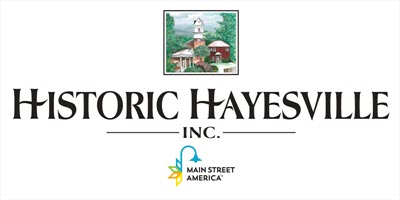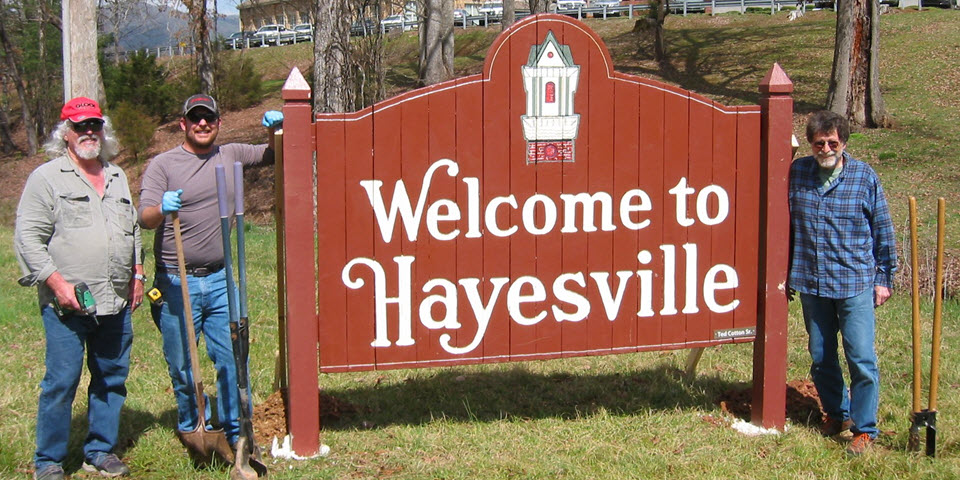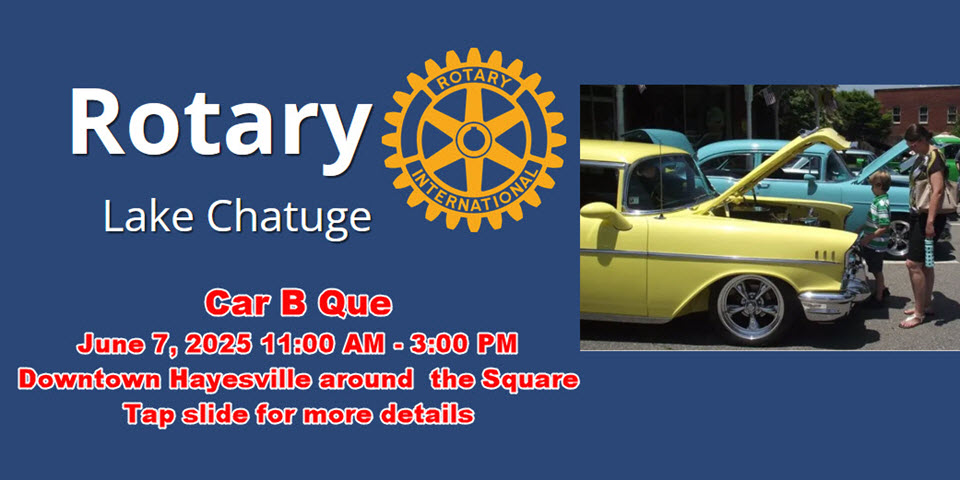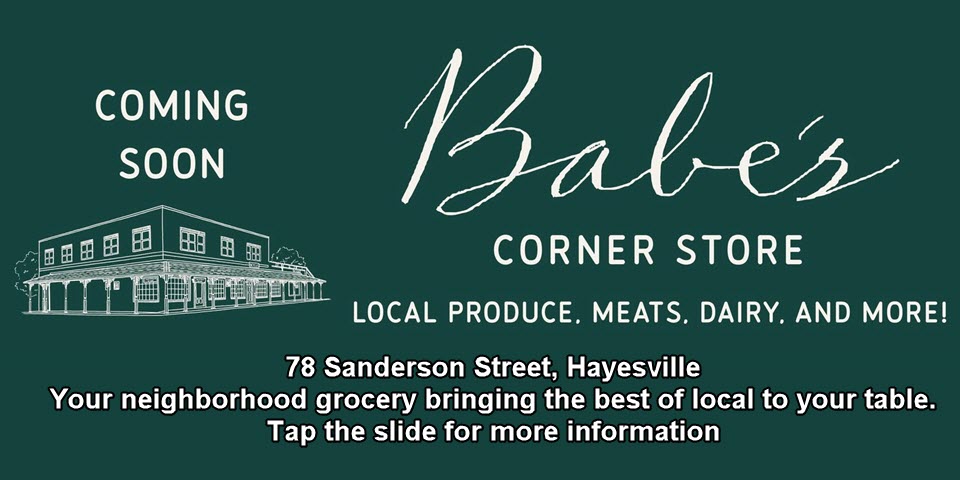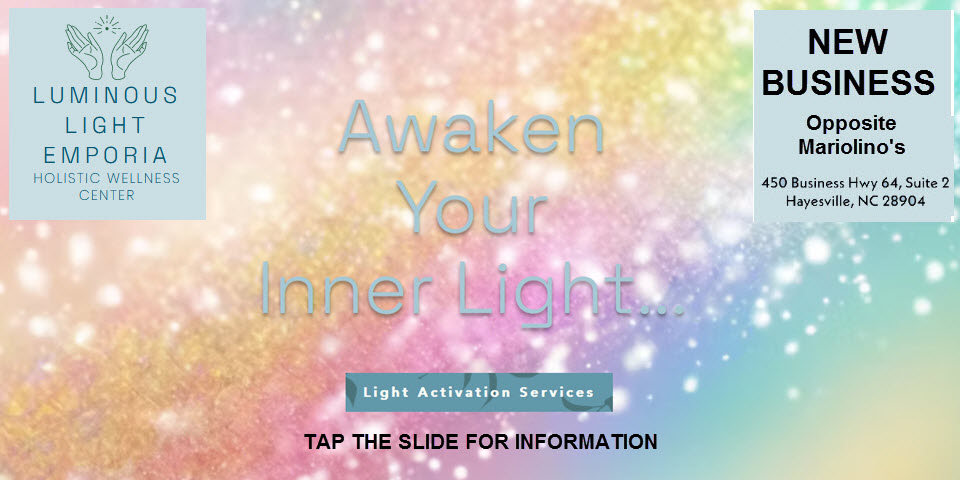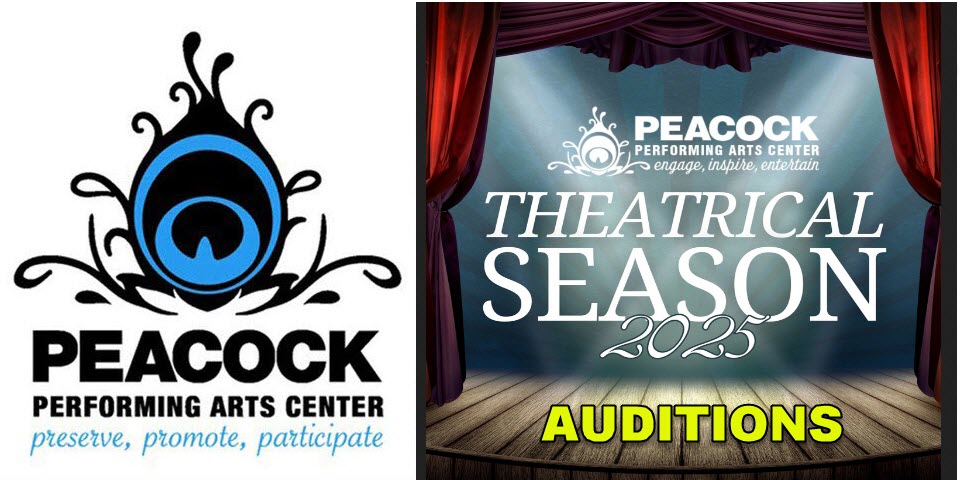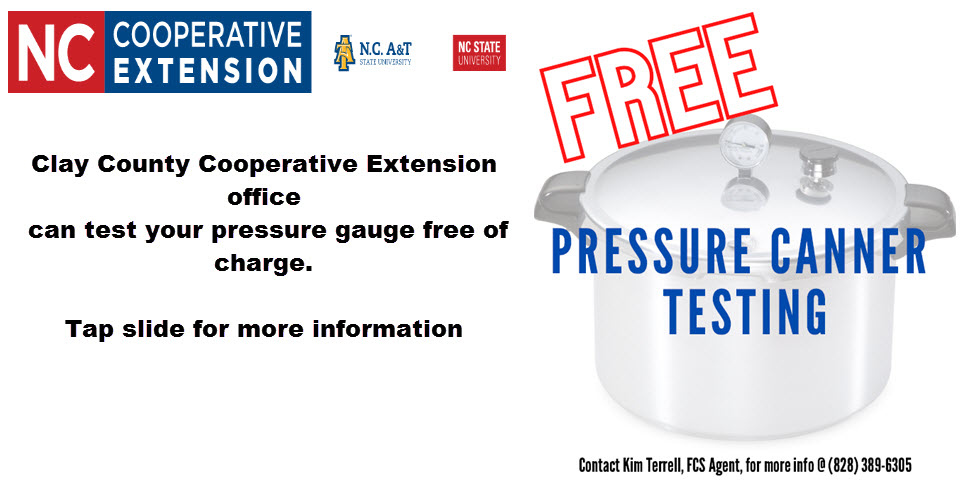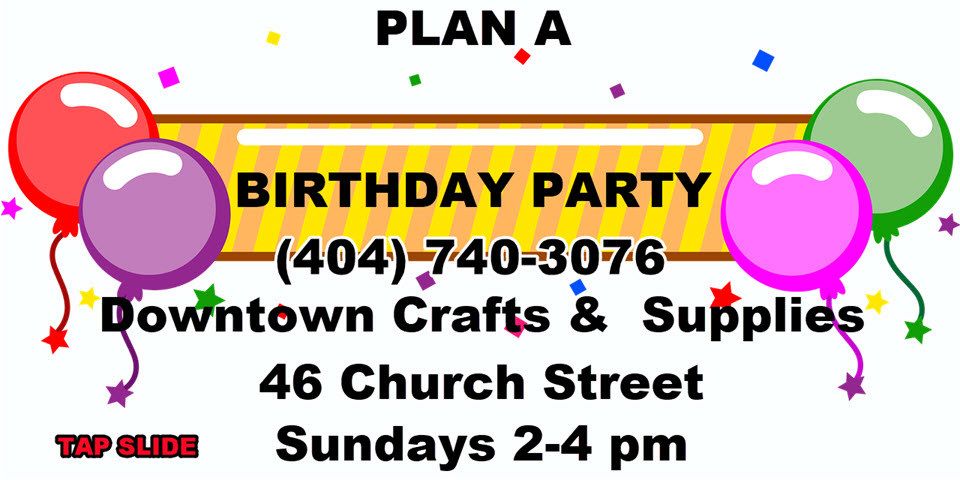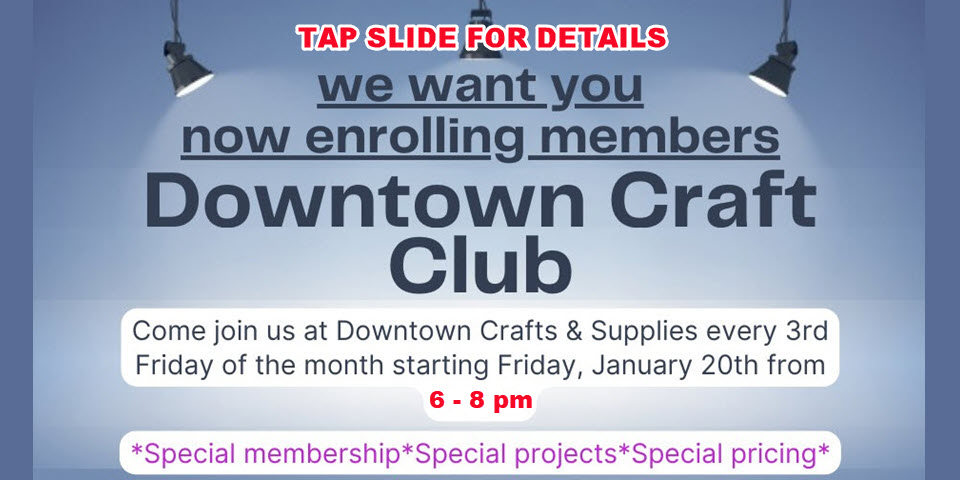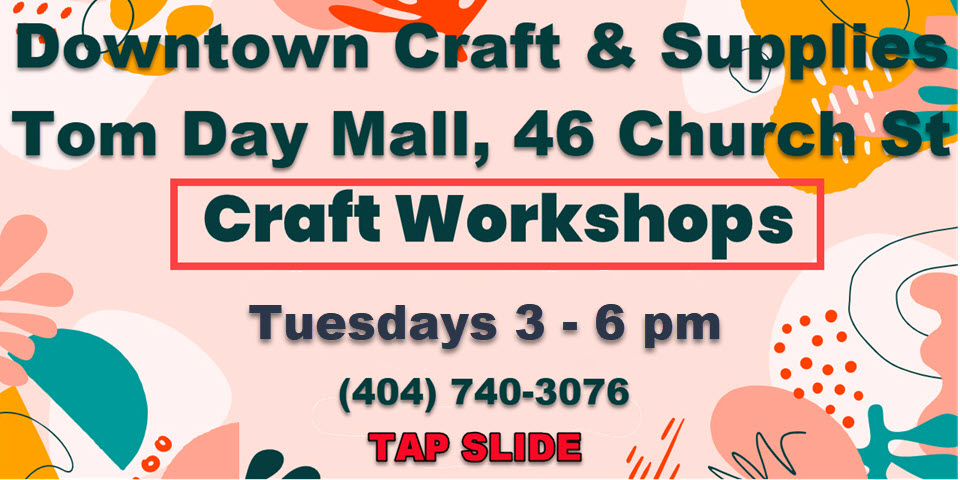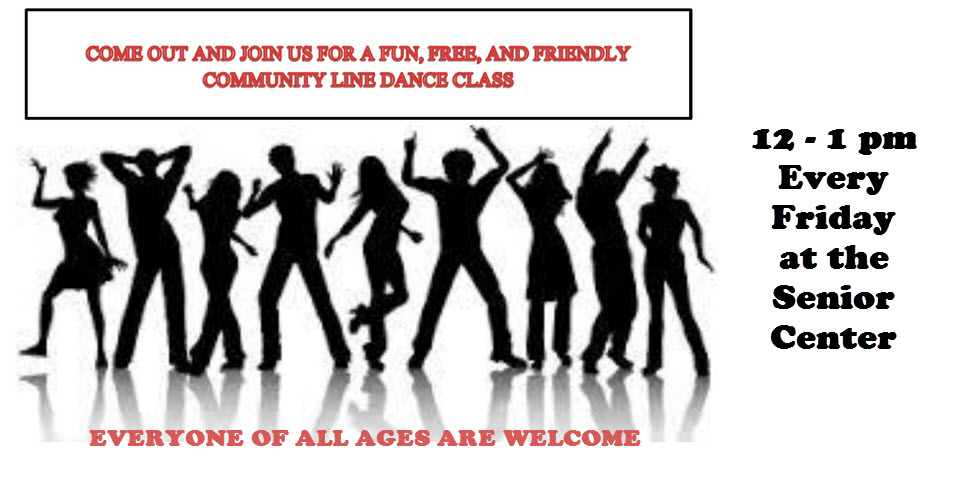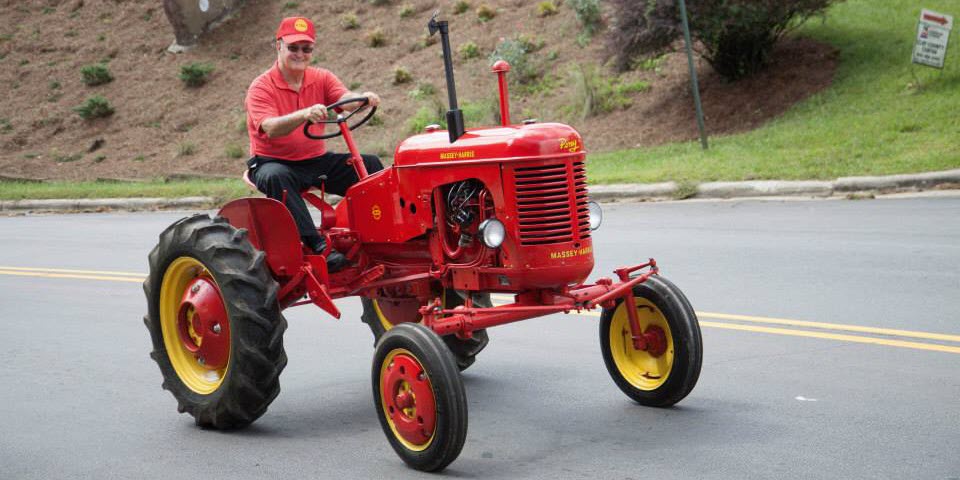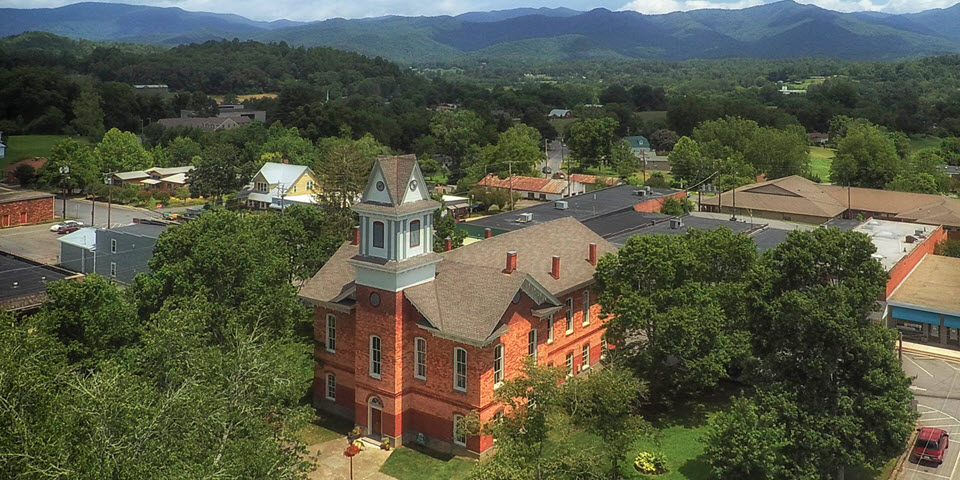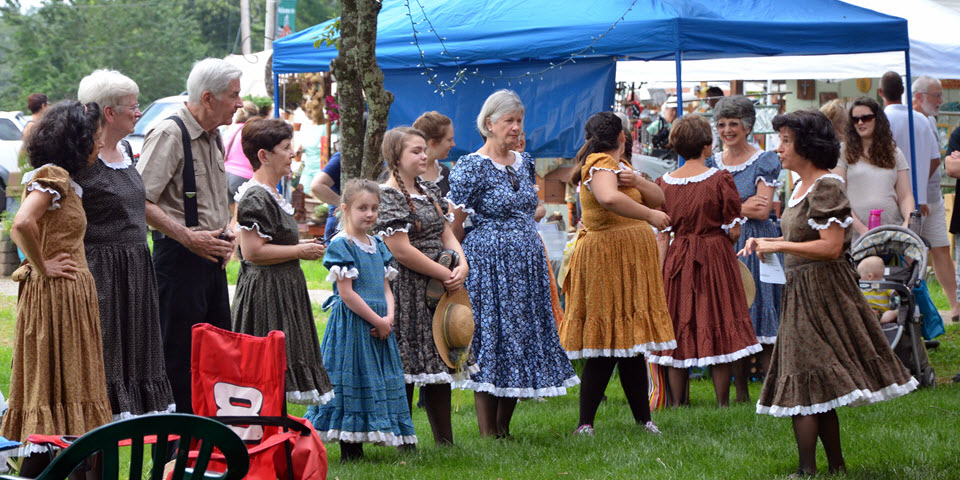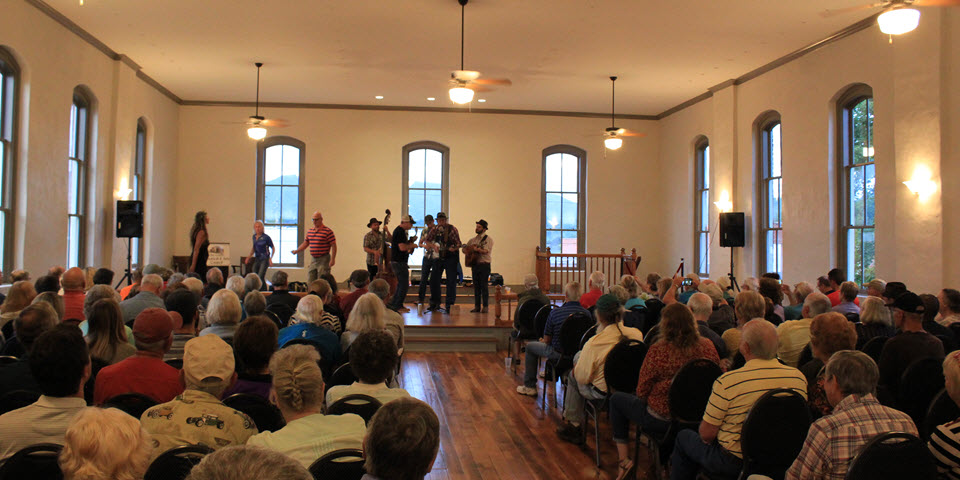Synopsis of Phase 2
Limitations
This Executive Order is effective at 5 :00 pm on May 22, 2020 and shall remain in effect through 5:00 pm on June 26, 2020 unless repealed, replaced, or rescinded by another applicable Executive Order.
Click here for the full text of the order.
Click Here for Frequently Asked Questions
CORE SIGNAGE, SCREENING, AND SANITATION REQUIREMENTS
But individuals are strongly encouraged to telework to the greatest extent permissible by their employer.
When people are outside their homes, they are strongly encouraged to:
- Keep six feet social distance
- Wear a mask inside all public settings such as grocery stores, pharmacies, or other retail or public-serving businesses.
- Wear outdoors when you cannot maintain at least six feet distancing from other people with the exception of family or household members.
- Carry hand sanitizer and use it frequently.
- Wash hands using soap and water for at least 20 seconds as frequently as possible.
People who are at high risk are very strongly encouraged to stay home and travel only for absolutely essential purposes.
Regularly clean high-touch surfaces such as steering wheels, wallets, and phones.
They must:
- Limit the number of customers in the store to 50% of stated fire capacity (or, for spaces without a stated fire capacity, no more than 12 customers for every 1,000 square feet of the location's total square footage, including the parts of the location that are not accessible to customers or guests).
- Limit the number of people in the store so that everyone can stay six feet apart.
- Mark six feet of spacing in lines at point of sale and in other high-traffic areas for customers, such as at deli counters and near high-demand products.
- Follow the Core Signage, Screening, and Sanitation Requirements as defined in this Executive Order.
Restaurants may open for dining-in, but they must:
- Limit the number of customers in the restaurant to 50% of stated fire capacity (or, for spaces without a stated fire capacity, no more than 12 customers for every 1,000 square feet of the location's total square footage, including the parts of the location that are not accessible to customers or guests).
- Limit the number of people in the space so that groups can stay six feet apart.
- Arrange the restaurant so that customers sitting at a table are not within six feet of any customers sitting at another table. Moreover, each group of customers sitting at a counter should be separated from other groups by six feet.
- Limit customers at tables so that no more than 10 people shall be seated together at the same table. However, more than 10 people may sit together at the same table if they are members of the same household.
- Follow the Core Signage, Screening, and Sanitation Requirements as defined in this Executive Order
- Increase disinfection during peak times or high customer density times, and disinfect all shared objects (e.g., dining tables, booths, counters, payment terminals, tables, countertops/bars, receipt trays, condiment holders, and reusable menus) between each use.
- Promote frequent use of hand-washing and hand sanitizer for wait staff and food service staff throughout the shift and upon reporting to work. Hand washing must at least meet the requirements specified in the North Carolina Food Code Manual.
- Mark six feet of spacing in lines at high-traffic areas for customers, such as a cash register or place where customers wait to be seated at their table.
People sitting at a table need not be members of the same household and do not need to stay six feet apart. Moreover, this Executive Order does not require servers and wait staff to stay six feet away from customers.
Workers in restaurants are strongly encouraged to wear Face Coverings when they are within six feet of another person. Notwithstanding this general rule, people whose religious beliefs prevent them from wearing a Face Covering, people who cannot wear a Face Covering due to a medical or behavioral health condition, and people who are under 12 years of age are excepted from the requirement to wear a Face Covering. Children under two years of age shall not wear a Face Covering so that their breathing may not be inhibited.
They must:
- Limit the number of customers in the store to 50% of stated fire capacity (or, for spaces without a stated fire capacity, no more than 12 customers for every one 1,000 square feet of the location's total square footage, including the parts of the location that are not accessible to customers or guests).
- Limit the number of people in the store so that patrons can stay six feet apart.
- Arrange seating so that groups of customers are separated from one another by six feet.
- Follow the Core Signage, Screening, and Sanitation Requirements as defined in this Executive Order, except for the requirement to have signage remind people about staying six feet apart.
- Ensure that all equipment that comes into direct personal contact with customers and all furniture in service areas (such as chairs, capes, and the shampooing area in a barber shop or salon) is completely cleaned and disinfected between each customer.
- Mark six feet of spacing in lines at point of sale and in other high-traffic areas for customers, such as at cash registers and waiting areas.
Workers in Personal Care, Grooming, and Tattoo Businesses shall wear Face Coverings when they are within six feet of another person. Notwithstanding this general requirement, people whose religious beliefs prevent them from wearing a Face Covering, people who cannot wear a Face Covering due to a medical or behavioral condition, and people who are under 12 years of age are excepted from the requirement to wear a Face Covering. Children under two years of age shall not wear a Face Covering so that their breathing may not be inhibited.
Indoor or outdoor pool facilities (whether stand-alone or part of other facilities) may operate. This applies only to shared pools in commercial settings or at residential complexes. It does not apply to family pools at people's homes.
They must:
- Limit the user capacity in the pool to no more than 50% of maximum occupancy as determined by fire code (or, when fire code number is not known, thirty-three people per 1,000 square feet in deck areas, wading pools and splash pads), and a maximum occupancy in the water often 10 people per 1,000 square feet.
- Follow the Core Signage, Screening, and Sanitation Requirements as defined in this Executive Order.
They must:
- Follow all applicable NCDHHS guidelines.
- Follow the Core Signage, Screening, and Sanitation Requirements as defined in this Executive Order.
- Conduct a daily health screening on all individuals who are entering the building.
- Immediately isolate sick workers and children from the rest of the facility and send them home.
- Have a plan to work with local health departments to identify close contacts of confirmed cases in the child care setting.
- Before reopening, child care facilities shall submit to NCDHHS the Emergency Child Care Provider Application. NCDHHS must approve the Emergency Child Care Provider Application before the child care facility can reopen.
Day camps must:
- Follow all applicable NCDHHS guidelines.
- Conduct a daily health screening on all individuals who are entering the building.
- Immediately isolate sick workers and children from the rest of the facility and send them home.
- Public schools operating day camps and programs may open for the purpose of the day camp or program, but must otherwise remain closed to the general public.
- Have a plan to work with local health departments to identify close contacts of confirmed cases in the camp setting.
Overnight camps must:
- Follow all applicable NCDHHS guidelines.
- Conduct daily symptom screening of workers.
- Immediately isolate sick campers and staff away from others.
- If a camper or staff member has been diagnosed with COVID-19 or is presumed positive by a medical professional due to symptoms, the camper or staff member should be isolated away from other campers and staff until they meet the CDC criteria for release from isolation.
- Have a plan to work with local health departments to identify close contacts of confirmed cases in a camp setting
- Perform ongoing and routine environmental cleaning and disinfection of high touch areas ( e.g., doors, doorknobs, rails) with an EPA approved disinfectant for SARS-Co V-2 (the virus that causes COVID-19), increasing disinfection during peak times or high camper density times.
Can't have more than 10 people indoors or more than 25 people outdoors at the same time in a single confined indoor or outdoor space, such as an auditorium, stadium, arena, or meeting hall. This includes parades, fairs, and festivals. In publicly accessible indoor facilities, the Mass Gathering limit applies per room of the facility. The outdoor Mass Gathering limit of 25 people applies to groups of people that may gather together in a park, beach, or trail.
Exceptions:
- The prohibition on Mass Gatherings does not apply to any of the businesses and operations discussed above because in those situations transmission of COVID-19 will be controlled through the measures specifically tailored for each situation.
- The prohibition on Mass Gatherings does not apply to educational institutions or government operations.
- The prohibition on Mass Gatherings does not include gatherings for health and safety, to look for and obtain goods and services, for work, or for receiving governmental services.
- A Mass Gathering does not include normal operations at airports, bus and train stations or stops, medical facilities, libraries, shopping malls, and shopping centers. However, in those settings, people must follow the Recommendations to Promote Social Distancing and Reduce Transmission as much as possible, and they should circulate within the space so that there is no sustained contact between people.
- Drive-in events are not prohibited Mass Gatherings if the participants all stay within their cars.
Each group of people within a park, trail, or beach must be limited so that the group, counted on its own, does not exceed the Mass Gathering limit.
All operators of open public or private parks must:
- Post signage reminding attendees, customers, and workers about social distancing (staying at least six feet away from others) and requesting that people who have been symptomatic with fever and/or cough not enter.
- Conduct daily symptom screening of workers, using a standard interview questionnaire of symptoms, before workers enter the workplace.
- Immediately isolate and remove sick workers.
- Perform frequent and routine environmental cleaning and disinfection of high-touch areas with an EPA-approved disinfectant for SARS-Co V-2 (the virus that causes COVID-19).
- Public playgrounds
- Bingo parlors, including bingo sites operated by charitable organizations
- Bowling alleys
- Indoor exercise facilities (e.g., yoga studios, dance studios, martial arts facilities, indoor trampoline and rock climbing facilities)
- Gyms
- Indoor fitness facilities, including but not limited to indoor basketball courts, volleyball courts, racquetball courts, squash courts, and tennis courts
- Health clubs and fitness centers
- Movie theaters
- Skating rinks
- Gaming and business establishments which allow gaming activities (e.g., video poker, gaming, sweepstakes, video games, arcade games, pinball machines or other computer, electronic or mechanical devices played for amusement)
- Venues for receptions or parties
- Museums
- Amusement parks
- Bars (although this does not require the closure of production operations at breweries, wineries, or distilleries). Bars are not to serve alcoholic beverages for onsite consumption.
- Night clubs, dance halls, or music halls where patrons are not seated.
Exceptions:
Any retail or dining component within entertainment and fitness facilities may operate solely for retail or dining, but those components must comply with the restrictions set out above.
Training of Professional and Collegiate Athletes. Professional athletes and athletes performing on an agreement with an educational institution to receive a scholarship or other benefit may train within indoor fitness facilities that otherwise would be closed provided they do not exceed the Mass Gathering limit.
- Long term care facilities shall restrict visitation of all visitors and non-essential health care personnel, except for certain compassionate care situations, for example, an end-of-life situation.
- This restriction does not include essential health care personnel.
- Long term care facilities include all of the following:
a. Skilled nursing facilities;
b. Adult care homes;
c. Family care homes;
d. Mental health group homes;
e. Intermediate care facilities for individuals with intellectual disabilities.
- Remind workers to stay home when they are ill and prevent any workers who are ill from coming to work and/or staying at work.
- Screen all workers at the beginning of their shift for fever and respiratory symptoms.
Other kinds of long term care facilities, adult care homes, family care homes, mental health group homes, and intermediate care facilities for individuals with intellectual disabilities are strongly encouraged to follow the mitigation measures listed above.
CORE SIGNAGE, SCREENING, AND SANITATION REQUIREMENTS
- Post the Emergency Maximum Occupancy in a noticeable place.
- Post signage reminding attendees, customers, and workers about social distancing (staying at least six (6) feet away from others) and requesting that people who have been symptomatic with fever and/or cough not enter.
- Conduct daily symptom screening of workers, using a standard interview questionnaire ofsymptoms, before workers enter the workplace.
- Immediately isolate and remove sick workers.
- Perform frequent and routine environmental cleaning and disinfection of high-touch areas with an EPA-approved disinfectant for SARS-CoV -2 (the virus that causes COVID-1 9).
- NCDHHS has prepared sample signs and a sample screening checklist questionnaire, available at https://covid19.ncdhhs.gov/guidance, that may be used.
